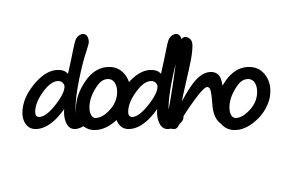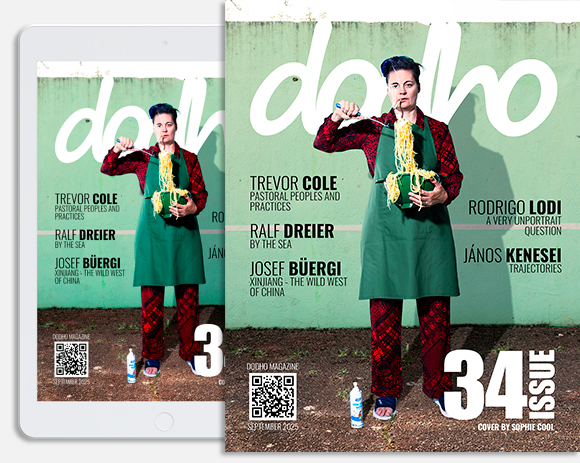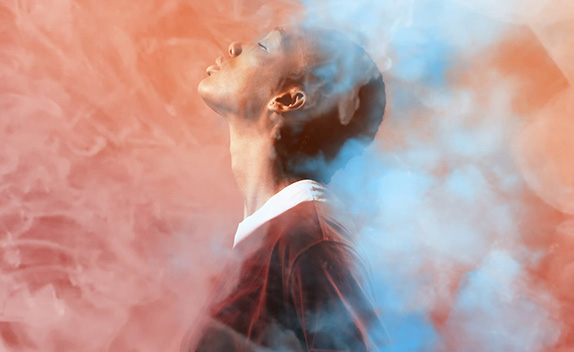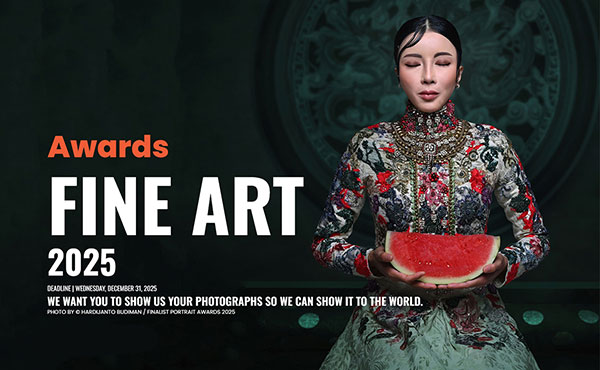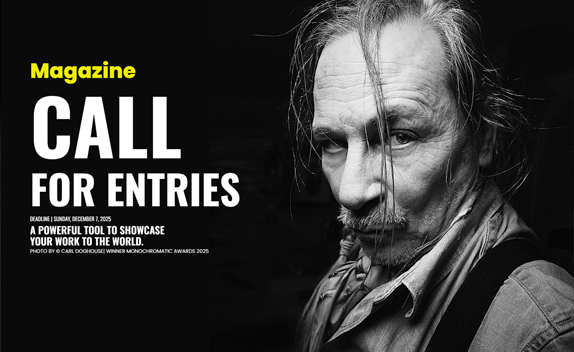The first time someone tried to photograph their own face with a camera they had to trust more in mathematics than in vanity.
In the early 1840s a daguerreotype plate demanded exposure times measured in minutes, not fractions of a second, and the sitter needed a brace to keep the head from drifting.
When Robert Cornelius pointed the lens at himself in Philadelphia in 1840 he removed the cap, sprinted into the frame, held the pose for about sixty seconds, then ran back to replace the cap and stop the exposure. What emerged on that polished silver plate was not a grin ready for likes but a wary stare, part curiosity, part defiance. He was experimenting with chemistry and with identity at the same time. Cornelius could not know that a century and a half later billions of faces would repeat the gesture daily with phones lighter than a cigar. His self portrait was an alchemical gamble, not a lifestyle post.
Every medium invents its own mirror. Painting gave us the proud self portraits of Dürer in 1500 and Rembrandt in 1659, images designed to assert rank in a hierarchy of craft. Photography disrupted the ritual by mechanising reflection. Instead of endless layering of pigments, a single burst of light fixed the face. Early photographers used the self portrait to solve technical problems: focus calibrations, lens aberrations, emulsion density. The ego stayed in the lab. Even when Nadar floated above Paris in 1868 and shot his own shadow across the gas balloon he flew, the result felt like evidence rather than advertisement. The question was, Can the camera catch me, not Will the audience love me.
By the 1920s mirrors moved inside the camera body. The Leica let hands wander streets without a tripod. Photographers like Ilse Bing and André Kertész started testing angles in shiny shop windows. Yet their self portraits worked more like footnotes to a larger visual diary. Bing captured herself holding the tiny Leica IV, face half hidden behind chrome, as if to prove the tool existed. Kertész sprawled on a studio floor twisting the neck until the image bent into elegant distortion, a playful homage to Bauhaus geometry. These experiments were tests of perspective, not bids for personal brand capital.
The shift from occasional self portrait to routine selfie required two revolutions. The first was technical, the second cultural. The technical part arrived in 1914 when Kodak added a small convex mirror next to the lens of its Brownie box so amateur consumers could centre their faces. It felt like a novelty, a party trick, not an existential craving. The cultural leap waited until the late twentieth century when identity began to migrate into public view as content. As soon as handheld devices merged camera and network the self portrait morphed from delayed revelation to real time broadcast. Photography changed from meditation to punctuation. The image no longer asked to be seen someday but demanded to be seen now.
Before this acceleration, the self portrait in photography carried a peculiar tension. On one hand the photographer controlled every technical variable. On the other the outcome remained unpredictable until chemicals settled or a contact sheet dried. That lag introduced self doubt, a space where ego could shrink. Think of Vivian Maier pointing her Rolleiflex down into the waist-level viewfinder while the mirror bounced her gaze back into the square frame. She stands in department store glass, coat buttoned, expression neutral, apparently unaware that half a century later curators would enlarge the negative and debate her motives. Maier’s self portraits feel like questions whispered to herself rather than announcements. She had no followers waiting for an answer.
The best historical self portraits share that aura of provisional privacy. Claude Cahun in 1928 split gender expressions with theatrical makeup, testing how the lens could fabricate new pronouns long before academic jargon. Richard Avedon turned the camera on himself in 1963, motion blurred and stripped of glamour, to explore the anxiety beneath his fashion empire. Lee Friedlander scattered his silhouette across motel rooms, car windshields, storefront glass, using the accidental reflection as a persistent reminder that authorship haunts every frame. Each case treats the camera as confessional booth, not marketing kiosk. The image is an artefact of conversation between the maker and the machine, with the public invited later, maybe.
Today that sequence reverses. The image appears first online, the conversation follows in comment threads, algorithms arbitrate which replies matter, and the maker adjusts future poses accordingly. When front cameras began shipping on smartphones in 2010 the exposure triangle became a popularity triangle. Shutter speed converged on thumb speed, aperture sized down to the width of desire, ISO drifted to infinity as night-mode software salvaged any scene from darkness. The question shifted: How quickly can I share myself and how will the feedback sculpt my next share. The self portrait lost latency. Without latency, reflection withers.
None of this means the classical self portrait is extinct. Artists still wield the camera against their own bodies to study vulnerability. In 1992 Nan Goldin filmed her battered face after domestic violence, creating a slide that trembles today with unfiltered rage. In 2014 Zanele Muholi began the series Somnyama Ngonyama, turning skin into deep silver tones to confront colonial histories and queer erasure in South Africa. Even Cindy Sherman, queen of metamorphosis, continued producing staged personas into the 2020s, posting them on Instagram with deadpan irony. These works succeed because they fold time back into the image. They resist instant comprehension. They require the viewer to linger, to feel the weight of context.
The danger lies not in taking selfies but in mistaking frequency for depth. A feed can display a hundred faces in under a minute, each one edited by algorithms that slim cheeks and widen eyes. Those transformations look trivial until you trace their collective influence on self esteem statistics. Psychologists link the rise of filtered self imagery with anxiety spikes among teenagers who perceive their unedited mirror as a flaw. The camera becomes not a mirror but a prosecutor, presenting idealised evidence the subject can never meet. Historical self portraits rarely imposed that tyranny because they lacked immediate comparison culture. When Edward Weston shot a nude study of himself in 1925, belly soft, gaze direct, there was no swarm of strangers prepared to rate his abs. The dialogue remained personal, even if the print later entered a museum.
One might argue that early photographers would have loved the convenience of a phone camera and the reach of social media. Yet convenience changes the philosophy of looking. Exposure cost once demanded economy. Film forced hesitation. A single self portrait consumed a precious frame that could not be reclaimed until the next roll. That scarcity encouraged intention. Digital abundance invites repetition until the image loses tension. The faster the loop between capture and deletion, the easier it is to chase perfection. Perfection sterilises narrative. The most memorable self portraits in history succeed because they preserve imperfection. Dorothea Lange’s clenched hand in her Grapes of Wrath self portrait, John Coplans mapping the wrinkles of his seventy year old torso, Francesca Woodman printing blurs of her own body dissolving in long exposure. Flaws supply texture, and texture invites empathy.
Consider also the geometry of devices. Handheld phones fix the camera at arm’s length which nudges composition toward symmetric close ups. Historical self portraits often used tripods or static mirrors, granting room for environment. Step back from the face and life floods in. Julia Margaret Cameron in 1864 framed herself in half shadow beside a garden window, revealing domestic space as stage. André Kertész at his Parisian attic window in 1927 captured rooftops behind his shoulder, merging self with city. The environment contextualises identity. A selfie shot against a logo-splashed step and repeat backdrop or the same marble bathroom loses that context to pattern. Location becomes brand synergy, not narrative clue.
The future of the self portrait may depend on recovering that narrative. Some contemporary photographers are already bending smartphone convenience toward slower ends. They shoot front camera portraits then print them on cyanotype paper, reintroducing manual labor. Others disable live preview, forcing guesswork reminiscent of pinhole days. Experimental apps limit users to one shot a day with no playback until midnight, simulating film anticipation. These constraints are artificial yet they restore latency, the missing ingredient that allowed past artists to process emotion before audience validation.
There is also a growing nostalgia for physical mirrors. Galleries mount installations of vintage self portrait cameras so visitors can peer into waist-level finders, discovering the awkward intimacy of seeing oneself inverted. The tactile friction of winding a lever and hearing shutters click at one sixtieth of a second teaches that self portraiture was once a collaboration with mechanics, not just pixel math. That sensorial bond can rekindle respect for the act itself.
Social networks may evolve too. Some platforms already experiment with features that hide like counts or delay comments to reduce performance stress. If such models spread they could decouple self representation from metric addiction, giving the photographic self portrait room to breathe again. The challenge will be persuading users that unseen value still matters in an economy built on visibility.
Ultimately the shutter that served as mirror for Cornelius, Bing or Maier never promised flattery. It promised evidence. To aim a lens at one’s own eyes was to gamble that truth, however partial, might surface. Today truth is negotiable, traded for virality, disguised by filters. Yet the physics of light remains stubborn. A sensor will still record whatever passes in front of it at the moment electricity fires across the circuit. If photographers remember that stubbornness, the self portrait can survive its current dilution. It can return to being a space of negotiation between inner and outer selves, a slow scratch across the emulsion of identity rather than a quick tap on glass.
Maybe the next revolution will be a creative silence. A generation of image makers might decide that not every breakfast or heartbreak requires documentation. They might store raw files offline for years, waiting until context reframes them. When those archives finally appear they could shock audiences with their unfiltered ordinary beauty, just as Vivian Maier’s boxes shocked the art world in 2009. The self portrait would again carry latency, patience, risk. It would feel less like a badge and more like a journal page slipped under a door, discovered when the writer has already walked away.
The camera can still function as mirror, but mirrors tell the truth only if we pause long enough to notice what lies beyond the lighting. Before selfies, photographers paused by necessity. Today that pause must be intentional. It can be cultivated through constraints, through print, through the decision to share less and look more. The shutter waits. It has always waited. What changes is whether we approach it as witnesses to our own lives or as performers seeking applause. The difference will decide whether the next century remembers our self portraits as fleeting masks or as enduring maps of who we really were.

